![物理学经典教材:基本粒子物理学(影印版) [Elementary Particle Physics in a Nutshell]](https://pic.windowsfront.com/11310562/rBEhVVImhcoIAAAAAAJSA3hBaFEAACy4gDGAJMAAlIb232.jpg)

具体描述
内容简介
The 21st century is a time of great change in particle physics. A new energy frontier re- cently opened up at the Large Hadron Collider (LHC) at CERN. It's a time of great excite- ment with the anticipation of unexpected outcomes. At the same time, the most widely used university-level texts on high-energy physics date back to the time leading up to the W and Z boson discoveries. Since then, the Standard Model of particle physics has been thoroughly explored at the Large Electron Positron (LEP) collider at CERN, the Tevatron at Fermilab, HERA at DESY and at two B-factories, KEKB and PEP-II. A decade of neutrino physics has brought an exciting new view on these elementary and light, but massive, particles. This text is an attempt to capture the modem understanding of particle physics in a snapshot of time leading up to the start-up of the LHC. I believe that the pause in the development of texts has been due in part to the anticipated discovery of the Higgs boson and the implications that the observed Higgs field properties will have in defining the high-energy unification of the fundamental interactions. However, it is difficult for a new generation of high-energy physics to prepare for the challenge of the LHC without having the perspective needed to look beyond the limitations of the current Standard Model.内页插图
目录
1 Particle Physics: A Brief Overview1.1 Handedness in the Equation of Motion
1.2 Chiral Interactions
1.3 Fundamental Strong Interaction
1.4 Table of Elementary Particles
1.5 Mass and Charge
1.6 Hypercharge Interaction of the Standard Model
1.7 Higgs Mechanism
1.8 Program of Study
1.9 Exercises
1.10 References and Further Reading
2 Dirac Equation and Quantum Electrodynamics
2.1 Natural Units and Conversions
2.2 Relativistic Invariance
2.3 Pauli-Dirac Representation and Connection with Nonrelativistic QM
2.3.1 Constants of Motion
2.3.2 Velocity in Dirac Theory
2.4 Probability Current
2.5 Free-Particle Solutions in the Pauli-Dirac Representation
2.6 Antiparticles
2.6.1 Charge-Conjugation Symmetry
2.7 Lorentz Transformations
2.7.1 Lorentz Invariance of the Dirac Equation
2.7.2 Lorentz-Invariant Lagrangians and the Euler-Lagrange Equations
2.8 Weyl Representation
2.8.1 Weyl Spinor Two-Component Formalism
2.8.2 Free-Particle Solutions via Lorentz Boost Transform
2.9 Projection Operators and Completeness Relations
2.10 Discrete Lorentz Transformations
2.11 Covariant Form of the Electromagnetic Interaction
2.12 Relativistic Propagator Theory
2.12.1 Source Terms: Coulomb Scattering Potential
2.12.2 Photon Propagator
2.12.3 Massive Spin-1 Propagator
2.13 S-Matrix and Feynman Rules for QED
2.3.1 Cross Sections and Decay Rates
2.13.2 Worked Example: Mort Scattering
2.14 Spin Statistics
2.15 Exercises
2.16 References and Further Reading
3 Gauge Principle
3.1 Global Internal Symmetries
3.2 Local Gauge Symmetries
3.3 S U(z) and the Weak Interaction
3.3.1 Gauge Transformations of Massive Spin-1 Four-Potentials
3.3.2 Non-Abelian Four-Potentials
3.3.3 Weak and Electromagnetic Interactions
3.4 Electroweak Gauge Interactions
3.5 Gauge Interaction of QCD
3.6 Structure of Elementary Matter
3.7 Spontaneous Symmetry Breaking
3.8 Higgs Mechanism
3.8.1 Minimum Single-Doublet of Complex Scalar Fields
3.9 Glashow-Weinberg-Salam Theory of the Electroweak Interactions
3.10 Neutral-Current Feynman Rules
3.11 Fermion Masses and the CKM Mixing Matrix
3.12 Neutrino Masses and the CKM Mixing Matrix
3.13 Interaction Vertices in the Standard Model
3.14 Higgs Mechanism and the Nambu-Goldstone Theorem
3.15 Goldstone Boson Equivalence
3.16 Anomaly Cancellation
3.17 Exercises
3.18 References and Further Reading
4 Hadrons
4.1 Color Antiscreening and Quark Confinement
……
5 Detectors and Measurements
6 Neutrino Oscillations and CKM Measurements
7 e+e- Collider Physics
8 Hadron Colliders
9 Higgs Physics
前言/序言
用户评价
评价四 我对这本《基本粒子物理学(影印版)》的兴趣,源于我对宇宙起源和演化过程的深切好奇。我认为,理解基本粒子,就是理解构成我们所处宇宙的最基本单元,也是解开宇宙奥秘的一把关键钥匙。这本书的“影印版”形式,让我有一种与历史对话的感觉,仿佛能看到当年学者们在书桌前埋头研究的场景。我期待书中能够详尽地介绍标准模型的构成,包括所有已知的基本粒子及其性质,以及它们之间的基本相互作用力。我尤其想了解强相互作用、弱相互作用、电磁相互作用和引力之间的联系和区别,以及它们是如何在不同的能量尺度下表现出来的。此外,我也会关注书中对对称性原理的阐述,因为对称性在现代物理学中扮演着至关重要的角色。作为一本教材,我希望它能够清晰地解释每一个概念,并提供足够的例证和推导过程,让我能够理解理论的来龙去脉,而不仅仅是记住结论。
评分评价三 我对这本书的期待,更多地源于它所承载的“经典”二字。在物理学的长河中,一些著作之所以能成为经典,往往是因为它们不仅仅是知识的堆砌,更是思想的传承和方法的启迪。我希望这本书能够带我走进基本粒子物理学的殿堂,让我不仅仅是学习到公式和模型,更能感受到科学家们探索未知时那种严谨的科学精神和非凡的创造力。我个人对理论物理的数学框架非常感兴趣,所以,我期待书中能在必要的时候,对关键的数学工具进行讲解,例如群论、张量分析等,但又不至于过于晦涩,让读者能够跟上思路。同时,我也希望书中能有一些历史的叙述,介绍基本粒子物理学是如何一步步发展起来的,有哪些关键的实验和理论突破,这些故事能让冰冷的公式变得鲜活起来。我也会留意书中是否包含了一些经典的习题,这对于巩固学习非常重要。总而言之,我希望这本“经典教材”能成为我物理学学习道路上的一块坚实的基石。
评分评价一 这本书的扉页上印着“物理学经典教材”,这几个字就足以让很多物理爱好者和学生心生向往。我最近刚好在探索量子场论的奥秘,对标准模型有着浓厚的兴趣,所以当看到这本《基本粒子物理学(影印版)》时,我的好奇心瞬间被点燃了。虽然我还没来得及深入阅读,但从封面设计和字体风格就能感受到一种扎实的学术气息,仿佛能触摸到那些曾经塑造了我们对宇宙认识的伟大思想。封面上那简洁而又富有力量的图案,似乎预示着书中即将展开的粒子世界的宏大叙事。我尤其期待书中关于夸克、轻子、规范玻色子等基本粒子的描述,希望能找到一些直观的类比和深刻的洞见,帮助我理解那些抽象的概念。同时,作为影印版,我也会留意它在排版和印刷上的细节,毕竟,好的阅读体验也能极大地提升学习的效率和乐趣。我希望这本书能够像它的名字一样,将基本粒子物理学的精髓浓缩其中,为我打开一扇通往微观宇宙的窗户,让我得以窥见最基本的物质构成和相互作用的规律。
评分评价五 我购买这本书,更多的是出于一种学习和探索的内在驱动力。我对物理学,尤其是涉及微观世界的领域,有着强烈的求知欲。这本书的标题“基本粒子物理学”本身就充满了吸引力,它直接指向了构成万物的最基本元素。我希望这本书能够提供一个全面而系统的视角来审视这个领域。我期待书中能够从最基础的粒子模型开始,逐步构建起对量子场论的理解,这是理解基本粒子物理学的核心理论框架。我会仔细阅读书中关于量子电动力学(QED)和量子色动力学(QCD)的章节,希望能通过清晰的讲解,掌握这些描述基本粒子相互作用的强大理论。同时,我也会留意书中是否对中微子振荡、CP破坏等更复杂的现象有所涉及,这些现象往往是连接实验观测和理论模型的重要桥梁。作为一本“经典教材”,我希望它的内容具有长久的生命力,能够为我提供一个坚实的基础,让我能够继续深入探索更前沿的物理学问题。
评分评价二 说实话,最初吸引我的是“Nutshell”这个副标题,它暗示着这本书旨在用一种精炼、易懂的方式来介绍基本粒子物理学这个复杂而迷人的领域。我之前接触过一些物理学入门读物,但很多时候总感觉抓不住重点,或者是在细节中迷失了方向。所以,一本能“凝练精髓”的书籍对我来说具有非凡的价值。我设想,这本书的作者一定是一位有着深厚学术功底并且善于沟通的物理学家,他能够将那些高深的理论用清晰的语言表达出来,让初学者也能领略到粒子世界的魅力。我特别期待书中能够提供一些关于粒子探测器、加速器等实验技术方面的介绍,毕竟理论和实验是相互促进的,了解实验的手段也能加深对理论的理解。此外,我也会关注书中对前沿研究的提及,例如希格斯玻色子的发现,以及可能存在的超越标准模型的新粒子或新理论。作为一本“经典教材”,我相信它在逻辑编排上会非常严谨,从最基础的概念讲起,逐步深入,构建起一个完整的知识体系。
评分送学生的,应该不错
评分干一行 爱一行 所以就买了 这本书 索然很专业 但是仍然在京东买到了 找了很久 希望 对我的工作有帮助 一边干工作 也不不能忘记了 看书啊 如果好的话 推荐给广大同行做教材用也是一个不错的主意 据说是经典 啊
评分正版,纸质很好,爱不释手呀
评分内容挺好的 纸张质量有待提高
评分啦啦啦啦
评分有一定难度,需要耐心阅读的一本著作
评分不错的一本教材,送货速度也很快。
评分行,送货快哈哈哈
评分好书,经典 好书,经典 好书,经典
相关图书
本站所有内容均为互联网搜索引擎提供的公开搜索信息,本站不存储任何数据与内容,任何内容与数据均与本站无关,如有需要请联系相关搜索引擎包括但不限于百度,google,bing,sogou 等
© 2025 book.coffeedeals.club All Rights Reserved. 静流书站 版权所有

![概率论入门 [A Probability Path] pdf epub mobi 电子书 下载](https://pic.windowsfront.com/11314934/rBEhWVIxiAAIAAAAAACYpWnL9lEAADFiQAt_-QAAJi9392.jpg)

![典藏:房龙地理(原版插图) [Van Loon's Geography: The Story of the World We Live In] pdf epub mobi 电子书 下载](https://pic.windowsfront.com/11612642/54afb145Nf63e8ffd.jpg)


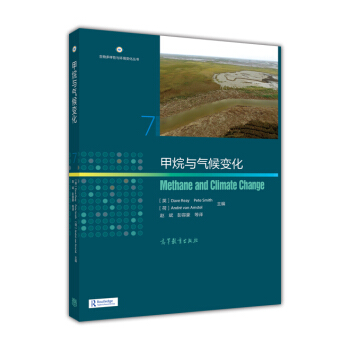

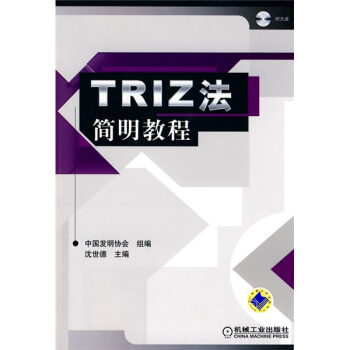


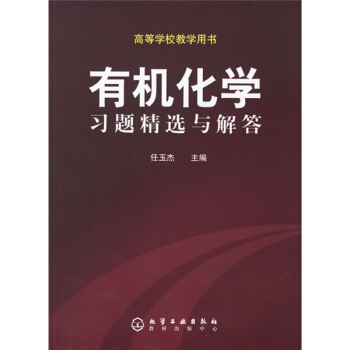
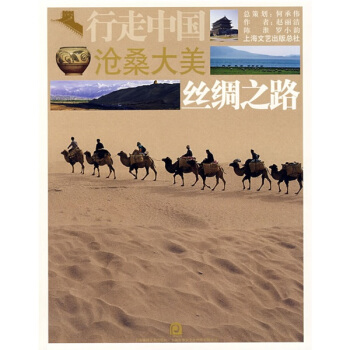

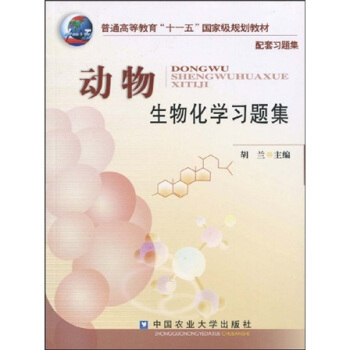
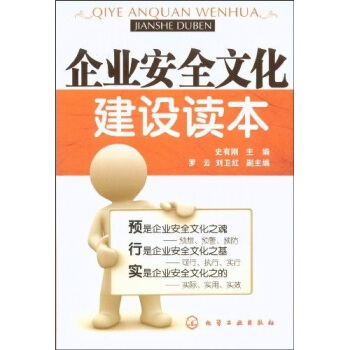

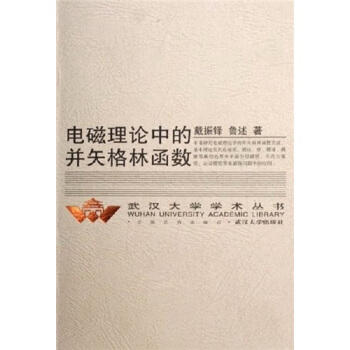
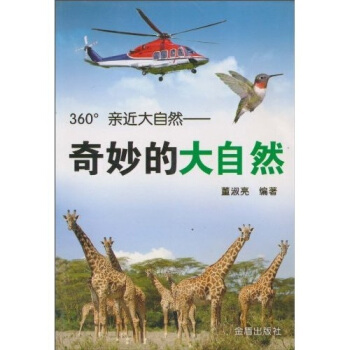

![不确定性 [Uncertainty] pdf epub mobi 电子书 下载](https://pic.windowsfront.com/10377470/7b47407b-12a1-4b1a-ab90-d1d801e94eed.jpg)